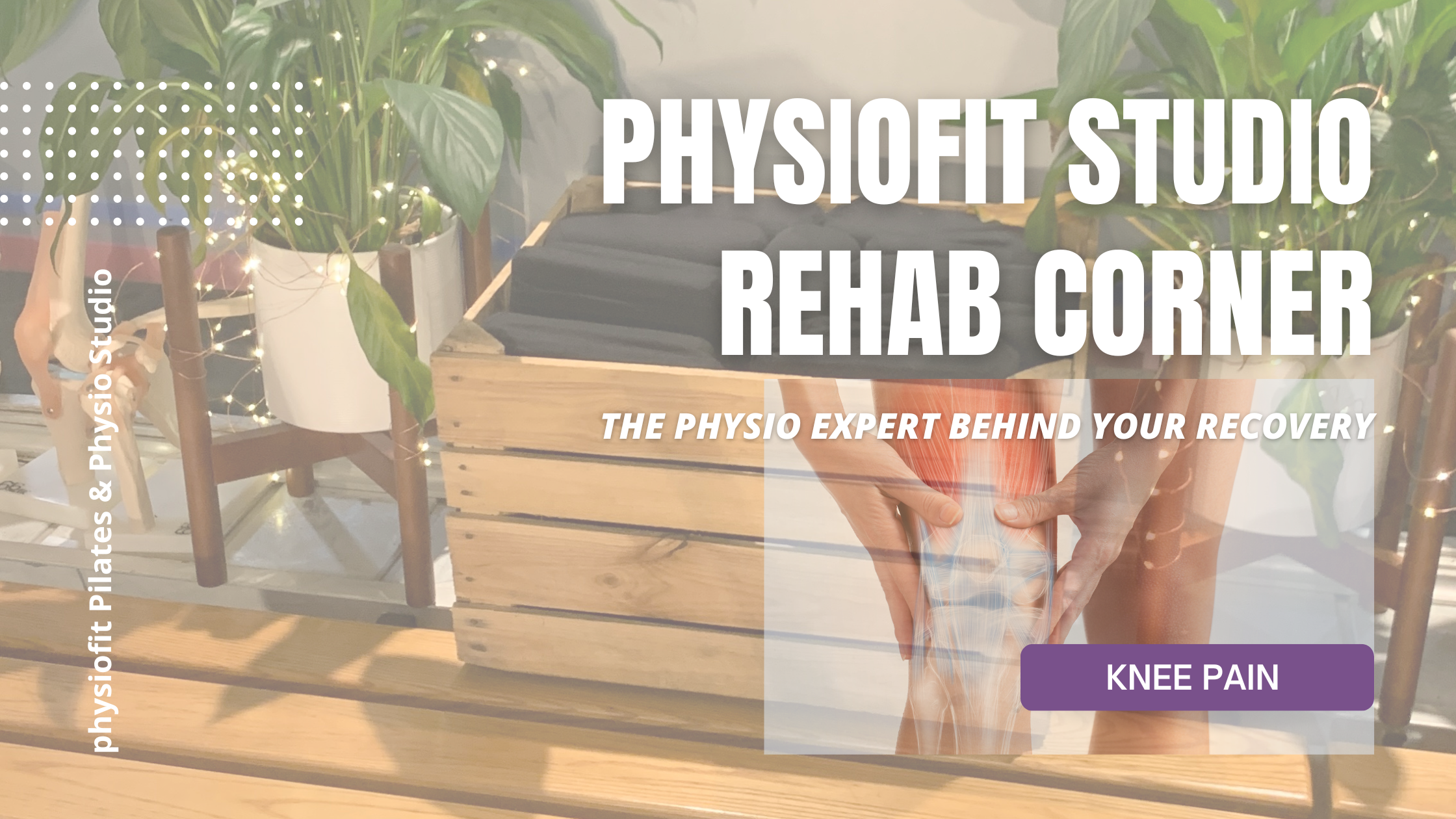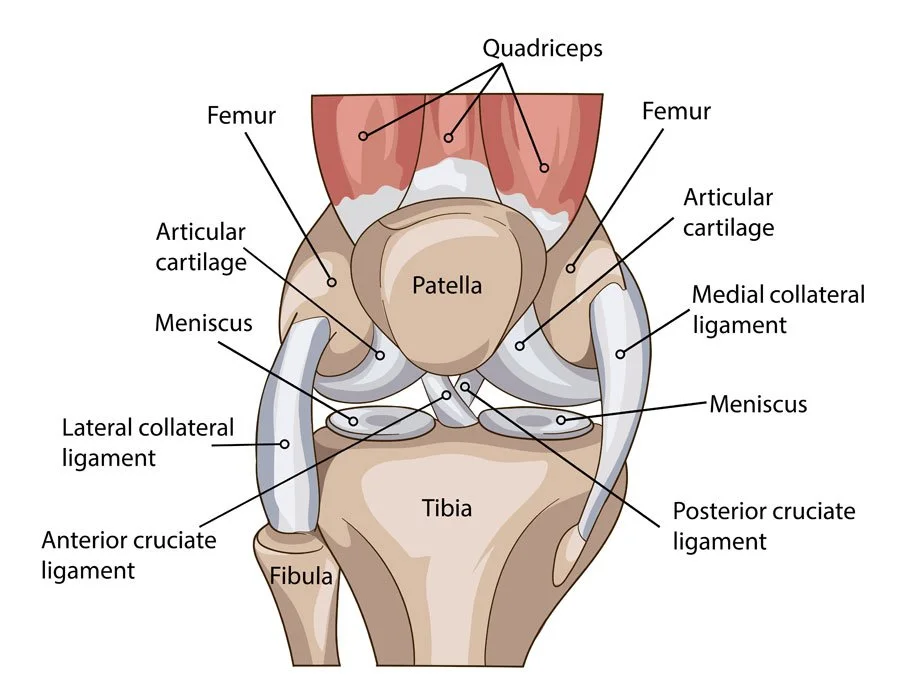Patellofemoral Pain Syndrome (Runners Knee):Everything You Need to Know
Patellafemoral pain syndrome (PFPS) aka runner’s knee
Introduction:
The knee is one of the most injured joints and not just in sports but can affect both young and old.
Knee pain is not something you should have to live with.
It's easy to understand why this happens: the knee is the largest joint in your body, and it requires a lot of force to move it. Plus, it's constantly subjected to stressors like running and jumping—activities we all love! But dealing with knee pain can be frustrating.
K
The knee is a complex joint made up from many different anatomical structures. It is subject to large, dynamic forces over the course of our lives and can often be a cause of pain and disability.
CAUSES:
PFPS is often associated with:
Tightness in quads, hamstrings, ITB and glutes
Overuse injury
Muscle weakness & imbalances in hips causing “knock knees”
Injury ie Patella dislocation or fractures have been linked to PFPS
Risk Factors:
Age - most common in physically active people between the ages of 15 and 30
Sex - Women are more likely than men to develop PFPS.This may be due to their wider pelvis which increases the angle at which the bones in the knee joint meet.
Sport - Running, jumping and other sports related to them can put extra stress on your knees, especially if you start training more frequently or at higher levels too quickly.
Symptoms:
Causes a dull, aching pain around your patella (kneecap)
Worse with downhill running or up/downstairs
Pain with knee bending or squatting
PHYSIO Treatment:
Try to rest your knee and avoid or modify activities that increase pain, such as going up/down stairs, kneeling or squatting.
Rest your knee & icing it after exercise may help
Strengthening programme for quads, hamstrings and the muscles around your hips, especially hip abductors
Soft tissue massage/foam roller on those areas
Taping - to help reduce pain and enhance your ability to exercise
Exercises:
Specific exercises can help strengthen the muscles that support your knees and improve your balance.
Single leg balances
Quad strengthening
Clams
Pelvic stability, quads and glute strengthening
Core strengthening
PHYSIO ADVICE:
Prevention is the best medicine for this condition; here are my 8 steps you can take to safeguard against it.
Maintain strength - to help keep the knee balanced during activity
Correct technique - think about alignment and technique for flexibility and strength exercises to help your performance.
Lose weight - being overweight can increase the stress on your knees
Warm up - before running/exercising, warm up with light activity for about five minutes.
Stretch - improve flexibility with gentle stretching exercises, pilates or joint mobility
Load Adaptation - Gradually increase load; Avoid sudden changes in the intensity of your workouts/exercise/training
Supportive footwear - make sure you have the correct shoes to support you in your activities
Physiotherapy - sometimes physiotherapy is needed to ease patellofemoral pain.

